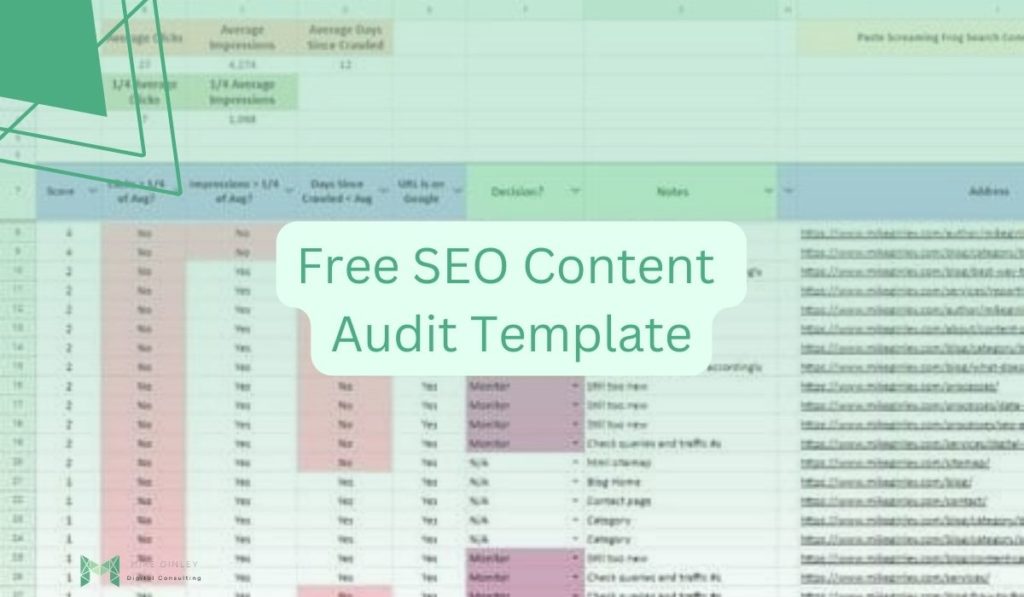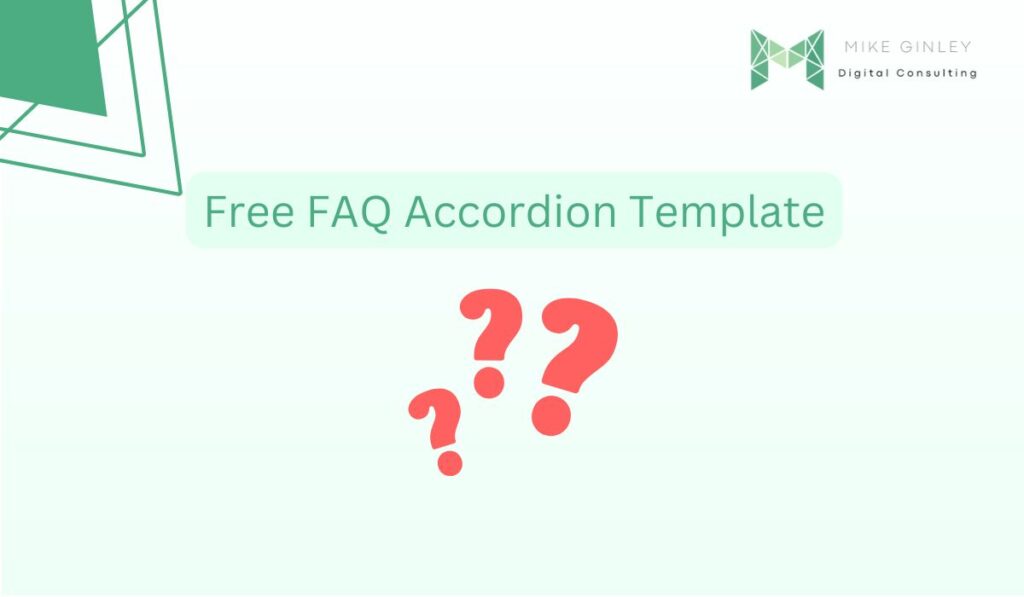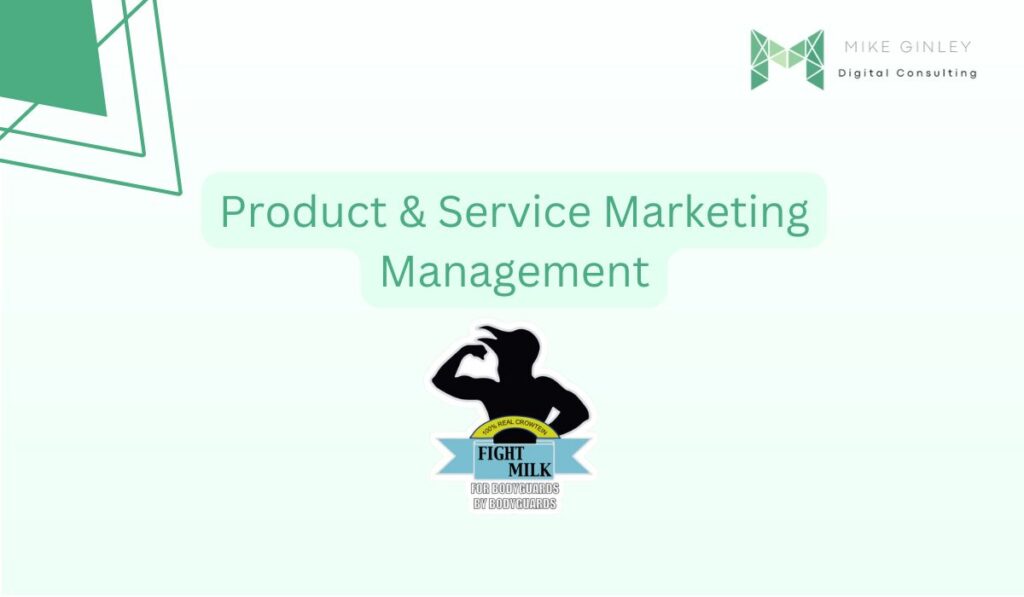TL;DR
- Quality content & visibility is difficult to create and measure.
- Would you rather be driving up and down Highway 1 in California, or Lower Wacker in Chicago?
- Google doesn’t want to be stuck on Lower Wacker!
Google is a complicated beast that has the answers to almost anything. The problem with that is how do you stand out against all that competition out there for your target keywords.
SEO’s and Google have laid out numerous tactics to help sites rank better in the search engines. Anyone can check the boxes for these optimizations, but that isn’t always enough for the Google gods. Websites need to really invest properly in their digital marketing depending on their competition.
So the question comes up, what does Google want?
The way I like to describe what Google wants is similar to what humans want. Would you rather be driving up and down the coast on Highway 1 in the summer? Or stuck underground on Lower Wacker in the winter?
What Does Google Want In a Website?
Visibility
Technical SEO is an extremely important area for websites to focus on. Many times when people hear I work in SEO they think all I do is add in the keywords and we suddenly rank in the SERPs. Search Engine Optimization is so much more than that. Website owners need to make sure their site can be navigated by search engine crawlers easily. The secret to life can be written on your site, but if Google can’t find it, it’s not going to be worth much. Think of visibility tactics like driving on either Highway 1 or Lower Wacker:
- Lower Wacker – Google is going to hate this place as everyone in Chicago does. No cell reception so GPS is gone, same thing as a broken or missing XML Sitemap. Lots of one-way streets, multiple levels, dead ends and detours which are similar to internal linking and random crawl errors impacting the search engine’s ability to move around. No one is recommending people take a trip down there, so there definitely aren’t any backlinks.
- Highway 1 – What a pleasant crawl Google will have on the coast. Long stretches with minimal stops or detours. Straight shots between destinations, nowhere for the search engines to get lost. Lots of people recommend it which means backlinks or votes of confidence.
A website must be highly visible to search engines in order to be found, rendered and indexed. This includes technical factors that impact how easily a search engine crawler can navigate through the website along with architectural elements such as how well the website is organized.
Strong keywords and content will not be successful if Google struggles to navigate the website. Technical SEO ensures the website is optimized for ranking factors such as:
- HTTPS / Secure Website
- Page Speed
- Optimized Images
- Mobile-Friendliness
- Crawl Errors / Broken Links
- Internal Redirects / Redirect Chains
- Log File Analysis
- Structured Data Markup
A cohesive, logical and clearly structured website folder and URL architecture is key to helping Google understand the content on the website. For a scalable SEO strategy, it is crucial to identify the core information architecture and how it could expand over time. The architecture needs to be periodically evaluated to ensure search engine spiders are able to identify which pages are most important.
Architecture SEO considerations include:
- Domain / Subdomain Structure
- Information Architecture / Sitemap
- URL Naming
- Folder Structure
- Headings Structure
- Breadcrumbs
- Internal Linking
Content
The content of a website is a foundational element that must fulfill the needs of the user as well as the search engine crawler. In order for the search engines to understand the context of the website, the keywords, content, and user experience must be polished and strategic. To understand how content should be crafted, think of what experience you would rather have, the scenery under Lower Wacker (think Batman), or the views along the California coast.
- Lower Wacker – The tow yard is down here, very difficult to find, very unpleasant experience. Besides that, there really isn’t much else down there. Imagine a website like that, with very little content that doesn’t answer or solve any problems. Why would Google bother ranking them high in the SERPs?
- Highway 1 – People are constantly taking vacations here, searching for these views. The scenery here is something people desire, it solves a problem. This is what you should strive for your content to be. Something that people want, give your end-users what they want. To do that, use the keywords they are searching for, not the ones you think they are searching for.
Keyword strategy informs content strategy. When analyzing keywords, there should be a strong balance between high relevancy and high search volume.
Search engines increasingly value quality and utilize trust signals in the ranking algorithm. With each algorithm update, the search engines become more intelligent. It is crucial to research what customers are looking for and created focused content written by industry experts. Some important content factors to consider are:
- Page Titles
- Meta Descriptions
- Headings
- Image Alt Text
- Content Writing
- Content Readability
- E-A-T
Expertise, Authority & Trustworthiness (E-A-T) has become a mantra for SEO and content creation. It is not a measurable factor, but more of a thought process that forces quality. Always think of how the site, page, or product will help your audience. If a site cannot achieve the points below, it will lack the quality that search engines are looking for.
- Expertise – is the content written by someone very knowledgeable on the subject?
- Authoritativeness – how are you proving the content was created by an expert?
- Trustworthiness – how is the site showing users they can have confidence in the content?
Best SEO Resources for Visibility & Content
Visibility
- Internal Linking for SEO: best practices, strategies, axioms – Kevin Indig
- Technical SEO: The Definitive Guide – Brian Dean
- Technical SEO Library – DeepCrawl
- Technical SEO Audit: Rethinking Your Approach – Andrew Charlton
Content
- What Does It Mean To Have Good EAT – Lily Ray
- SEO Copywriting: The Definitive Guide – Brian Dean
- The Perfect B2B Website Service Page: 13-Point Checklist – Andy Crestodina
- What’s Google’s #EAT and How to Optimize Your E-A-T in SEO – Aleyda Solis, Marie Haynes and Lily Ray
Using these articles should give anyone a great plan of attack to optimize their site for search engines. When creating content or structuring your site always think, is this California coast quality? Or is this Lower Wacker in the winter quality? One will be successful, the other will not. When you understand this process, you should utilize it in all marketing efforts.
SEO is a methodology, not a growth hack.
That means growth comes over time by ingraining and embedding it into everything you do.
It doesn’t offer instant returns (although it can!) but when returns come, they’re sustained, allowing you to build for the long term.
— Kameron Jenkins 👋 (@Kammie_Jenkins) January 6, 2021



